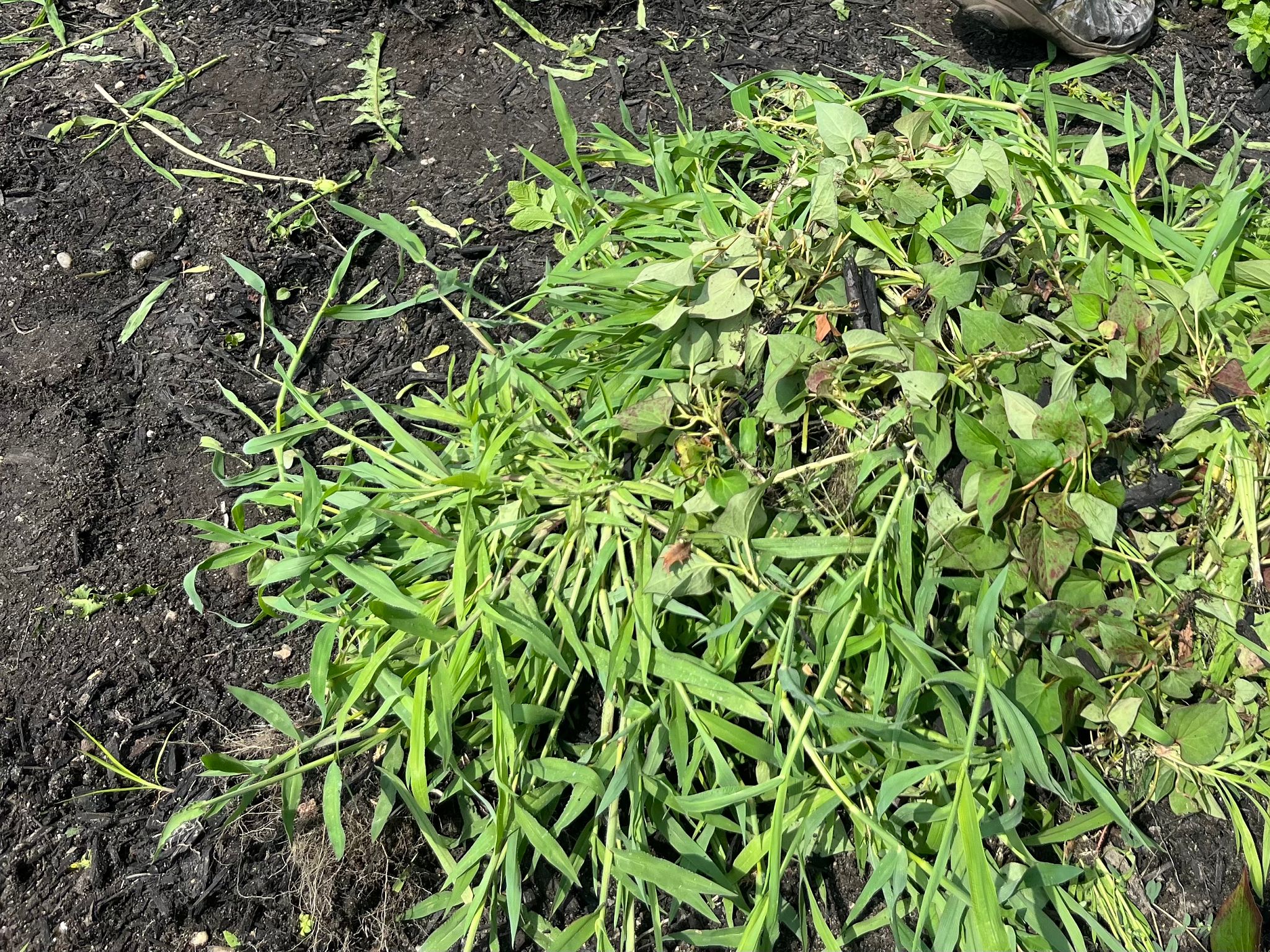Comparing Eco-Friendly Lawn Products: What Works Best?
Introduction to Eco-Friendly Lawn Care
As more homeowners seek sustainable practices, eco-friendly lawn care products have surged in popularity. These products promise to maintain lush, green lawns without the environmental damage associated with traditional chemicals. But with so many options available, how do you choose the best one for your yard?
In this guide, we'll compare some of the most popular eco-friendly lawn care products, examining their ingredients, effectiveness, and overall impact on the environment.

Types of Eco-Friendly Lawn Products
Organic Fertilizers
Organic fertilizers typically consist of natural materials such as compost, bone meal, and manure. These fertilizers release nutrients slowly, promoting healthy soil and robust grass growth without the risk of chemical runoff into waterways. They can be a great alternative for those looking to enhance soil fertility sustainably.
Natural Weed Control
Natural weed control products often use ingredients like vinegar, salt, or natural oils to target and eliminate weeds. While they may not be as potent as traditional herbicides, they offer a safer option for children and pets playing on the lawn.

Evaluating Effectiveness
Nutrient Release and Grass Health
When comparing products, consider how they release nutrients. Organic options generally provide a slow, steady supply, which can lead to more consistent growth. However, results may take longer to become visible compared to chemical fertilizers. Patience and consistent application are key.
Impact on Soil and Environment
Eco-friendly products often enhance soil health by improving its structure and microbial activity. This not only benefits your lawn but also supports local ecosystems. Unlike chemical products, they reduce the likelihood of nutrient leaching and groundwater contamination, making them a more sustainable choice.

Cost Considerations
While eco-friendly products might have a higher upfront cost, they often prove cost-effective in the long term. Healthier lawns require less frequent application and can reduce the need for additional treatments, such as pest control. Investing in quality products can lead to savings over time.
Choosing the Right Product for Your Lawn
Climate and Soil Type
Your local climate and soil type can significantly influence the effectiveness of lawn care products. Research products suited to your specific conditions to maximize their benefits. Some companies even offer customized solutions based on soil testing results.
Personal Preferences and Needs
If you have children or pets, prioritize products that ensure safety for all family members. Consider your goals: whether you aim for a purely aesthetic lawn or wish to foster biodiversity with native plants and pollinator-friendly practices.

Conclusion
Choosing the right eco-friendly lawn product requires careful consideration of your lawn's needs, environmental impact, and personal preferences. By opting for sustainable options, you contribute positively to the environment while enjoying a beautiful, healthy lawn.
Remember, the journey to a thriving eco-friendly lawn is about more than just selecting the right products—it's about adopting practices that support sustainability for years to come.